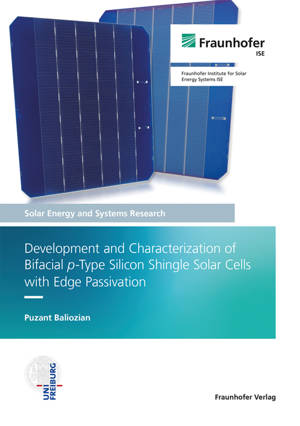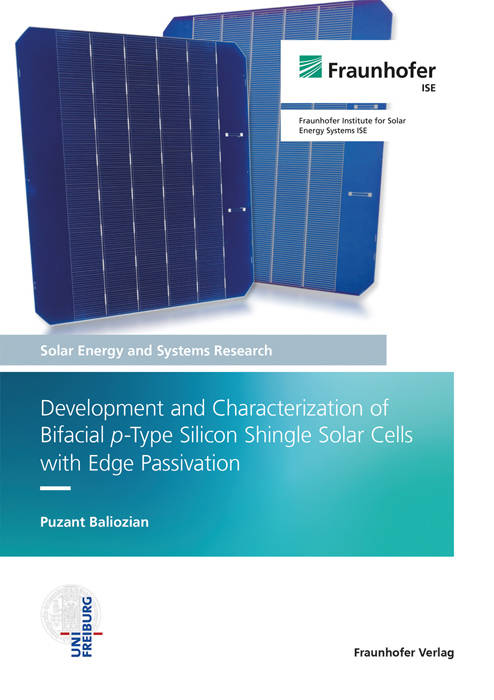
- Afhalen na 1 uur in een winkel met voorraad
- Gratis thuislevering in België vanaf € 30
- Ruim aanbod met 7 miljoen producten
- Afhalen na 1 uur in een winkel met voorraad
- Gratis thuislevering in België vanaf € 30
- Ruim aanbod met 7 miljoen producten
Development and Characterization of Bifacial p-type Silicon Shingle Solar Cells with Edge Passivation.
Puzant Baliozian
€ 83,95
+ 167 punten
Omschrijving
This dissertation presents the development and characterization of the bifacial p-type silicon shingle solar cells with edge passivation. As a derivative of the bifacial passivated emitter and rear cell (biPERC), the developed device adopts the biPERC fabrication process flow with an additional laser-assisted separation. The work introduces the passivated edge technology (PET) to regain losses caused by charge carrier recombination at the newly-formed edges after separation. PET encompasses a low temperature (T = 130°C) aluminum oxide (Al2O3) deposition by atomic layer deposition and an additional annealing step. The impact of the thermal laser separation on the solar cell's electrical performance is studied. Moreover, very low effective surface recombination velocity values Seff of around 5 cm/s are attained with Al2O3 layers on floatzone silicon substrates at studied low process temperatures. PET leads to around 80%rel pseudo-fill factor regain of losses from the as-separated shingle cell state. The new device is called the p-type shingled, passivated, edge, emitter, and rear (pSPEERPET) solar cell and attains a peak output power density of pout = 23.7 mW/cm2.
Specificaties
Betrokkenen
- Auteur(s):
- Uitgeverij:
Inhoud
- Aantal bladzijden:
- 218
- Taal:
- Engels
- Reeks:
Eigenschappen
- Productcode (EAN):
- 9783839618301
- Uitvoering:
- Paperback
- Afmetingen:
- 157 mm x 12 mm
- Gewicht:
- 323 g

Alleen bij Standaard Boekhandel
+ 167 punten op je klantenkaart van Standaard Boekhandel
Beoordelingen
We publiceren alleen reviews die voldoen aan de voorwaarden voor reviews. Bekijk onze voorwaarden voor reviews.









